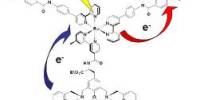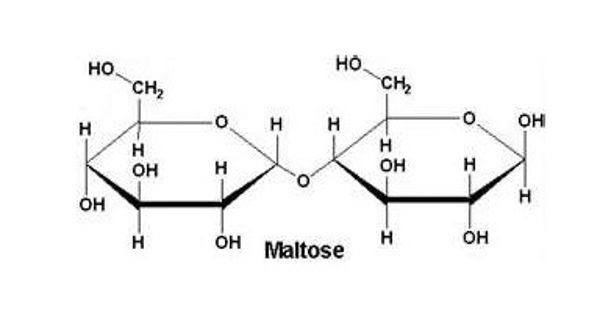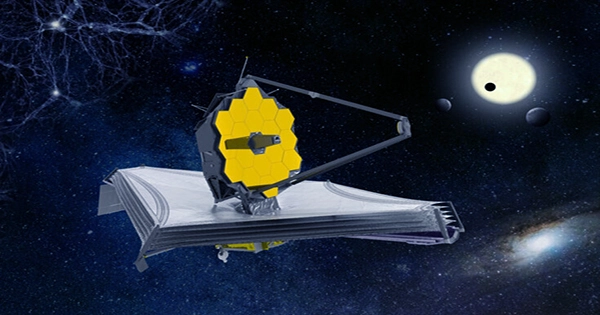Silicon carbide (SiC) is a hard chemical compound that combines silicon and carbon. It is a chemical made up of silicon and carbon atoms that are held together in a crystal lattice form. It has strong thermal conductivity and can sustain high temperatures, making it suitable for applications needing heat resistance.
It is a semiconductor that occurs naturally as the extremely uncommon mineral moissanite, although it has been mass-produced as a powder and crystal for abrasive application since 1893. Sintering may glue silicon carbide grains together to make extremely hard ceramics, which are frequently used in applications requiring great durability, such as vehicle brakes, car clutches, and ceramic plates in bulletproof vests. The Lely process allows for the growth of large single crystals of silicon carbide, which may then be carved into synthetic moissanite gemstones.
Electronic applications of silicon carbide such as light-emitting diodes (LEDs) and detectors in early radios were first demonstrated around 1907. SiC is used in semiconductor electronics devices that operate at high temperatures or high voltages, or both.
Properties
SiC is extremely hard and has a Mohs hardness of about 9-9.5, making it one of the hardest materials known, comparable to diamond. Due to its hardness, SiC is widely used as an abrasive material in grinding wheels and cutting tools.
- Chemical formula: SiC
- Molar mass: 40.096 g/mol
- Appearance: Yellow to green to bluish-black, iridescent crystals
- Density: 3.16 g⋅cm-3 (hex.)
- Melting point: 2,830 °C (5,130 °F; 3,100 K) (decomposes)
- Solubility: Insoluble in water, soluble in molten alkalis and molten iron
- Electron mobility: ~900 cm2/(V⋅s) (all polytypes)
Silicon carbide is chemically inert, meaning it is not easily reacted with acids or bases, which contributes to its stability in harsh environments. Depending on its crystal structure, SiC can exhibit semiconductor properties. It is used in high-voltage applications due to its wide bandgap, which allows it to operate at higher temperatures and voltages than silicon.
Natural occurrence
Moissanite occurs naturally in trace amounts in several meteorites, corundum deposits, and kimberlites. Almost all silicon carbide sold around the world, including moissanite diamonds, is synthetic.
Ferdinand Henri Moissan discovered natural moissanite in 1893 as a minor component of the Canyon Diablo meteorite in Arizona, and the substance was named after him in 1905. Moissan’s discovery of naturally occurring SiC was initially questioned since his sample could have been tainted by silicon carbide saw blades on the market at the time.















